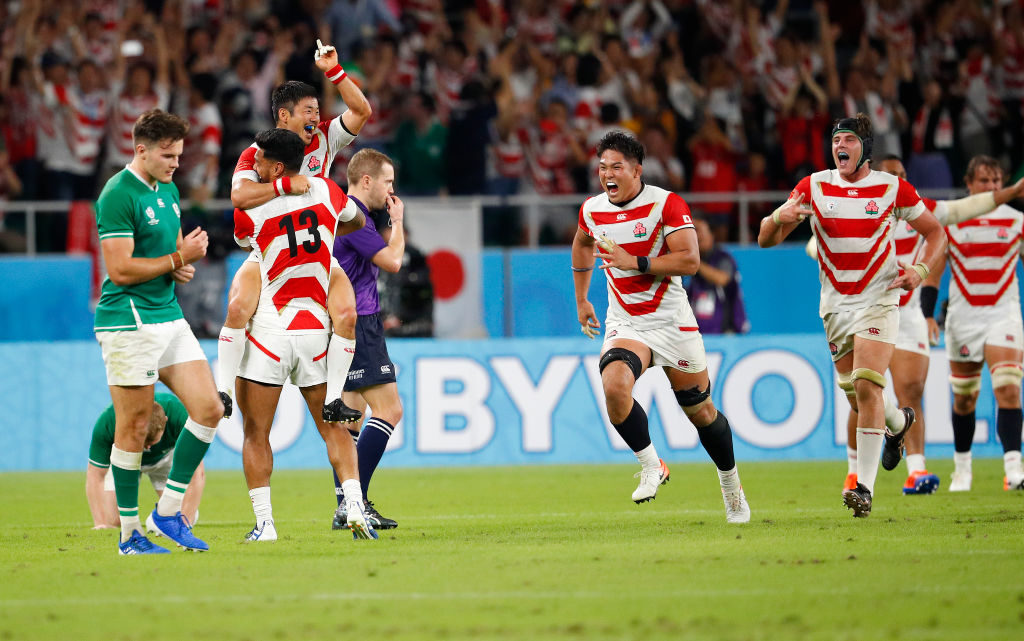Money maketh the minnows, so don’t expect to see a similar Japan fairytale anytime soon, writes RYAN VREDE.
Like many, I was swept away by the euphoria of Japan’s World Cup run. For the host nation to progress to the quarter-final and test the Springboks was a victory not only for the country, team and coaching staff, but also for smaller rugby nations. Well, insomuch as it gave those smaller teams a successful blueprint to follow. Sadly for those minnows, money, in huge amounts, has been the foundation of Japan’s success.
From the early days of the Top League, giant companies – Coca-Cola, Toyota and Honda, among them – have invested millions in teams and the infrastructure that supports them. The league, however, isn’t fully professional, although the companies’ deep pockets have enabled them to attract some of the world’s best players and coaches: Dan Carter, Fourie du Preez and Eddie Jones, to name a few. According to a 2017 study, the league’s expenditure was close to R4-billion, which was the third-highest in the world at the time.
There are no small nations with that depth of resource, although the US could find the dough if they saw an appetite for the 15-man game that would justify a major outlay, which is what Japan are doing. There are advanced plans in place to take the league fully pro by 2021. That process is being driven by Japan Rugby Football Union (JRFU) vice-president Katsuyuki Kiyomiya, who enjoys massive support and considerable financial backing. By the time you read this the JRFU might have made a formal declaration of intent and early forecasts indicate they could make as much as $460-million annually through media rights and sponsorship deals.
The development of emerging nations, especially those who don’t have a historical relationship with the game and therefore a significant player base, has always depended heavily on the cash resources available. It is the reason countries like Tonga, Georgia, Fiji and Samoa will never ‘do a Japan’, despite having talented players. Talent counts for nothing if you don’t have economic might. World Rugby can’t bankroll this development. It has to come from within, like in Japan.
Just before the World Cup semi-finals, Sanzaar released a statement that read in part: ‘An agenda item dealing with the future of Sanzaar’s rugby structures reconfirmed the organisation’s commitment to the establishment of international and domestic pathways for emerging nations. Sanzaar will continue to engage with all stakeholders in the Asia-Pacific region.’ That basically means: We see you, Japan, Fiji, Tonga and others. Hold on, we’re trying to figure this out.
One should have serious reservations about how far any of those nations, other than Japan, can develop in the absence of a major cash injection. They probably won’t get much better. Japan, though, can be a major force in a decade should the professional league take off.
Not only will they continue to attract the world’s best players and coaches, but their greater cash resources also mean they’ll be able to up the ante. Most likely, they will even begin targeting elite South African schoolboys in the way some major rugby and cricket nations have done.
Only the US, ranked 17th at the end of the World Cup, have the potential to match Japan. The rest are forever destined to be minnows. No amount of spin or good intentions from World Rugby can change that.
Photo: Lynne Cameron/Getty Images





